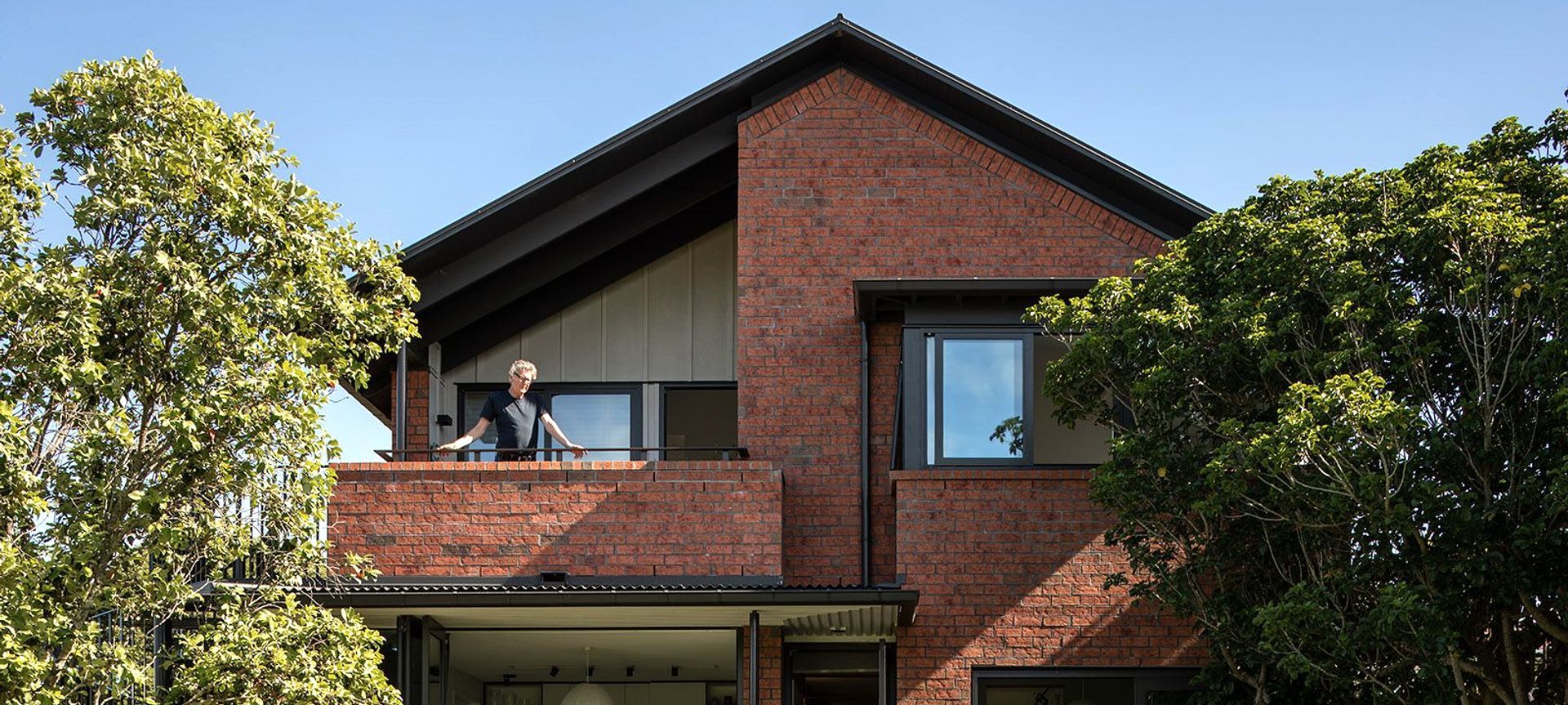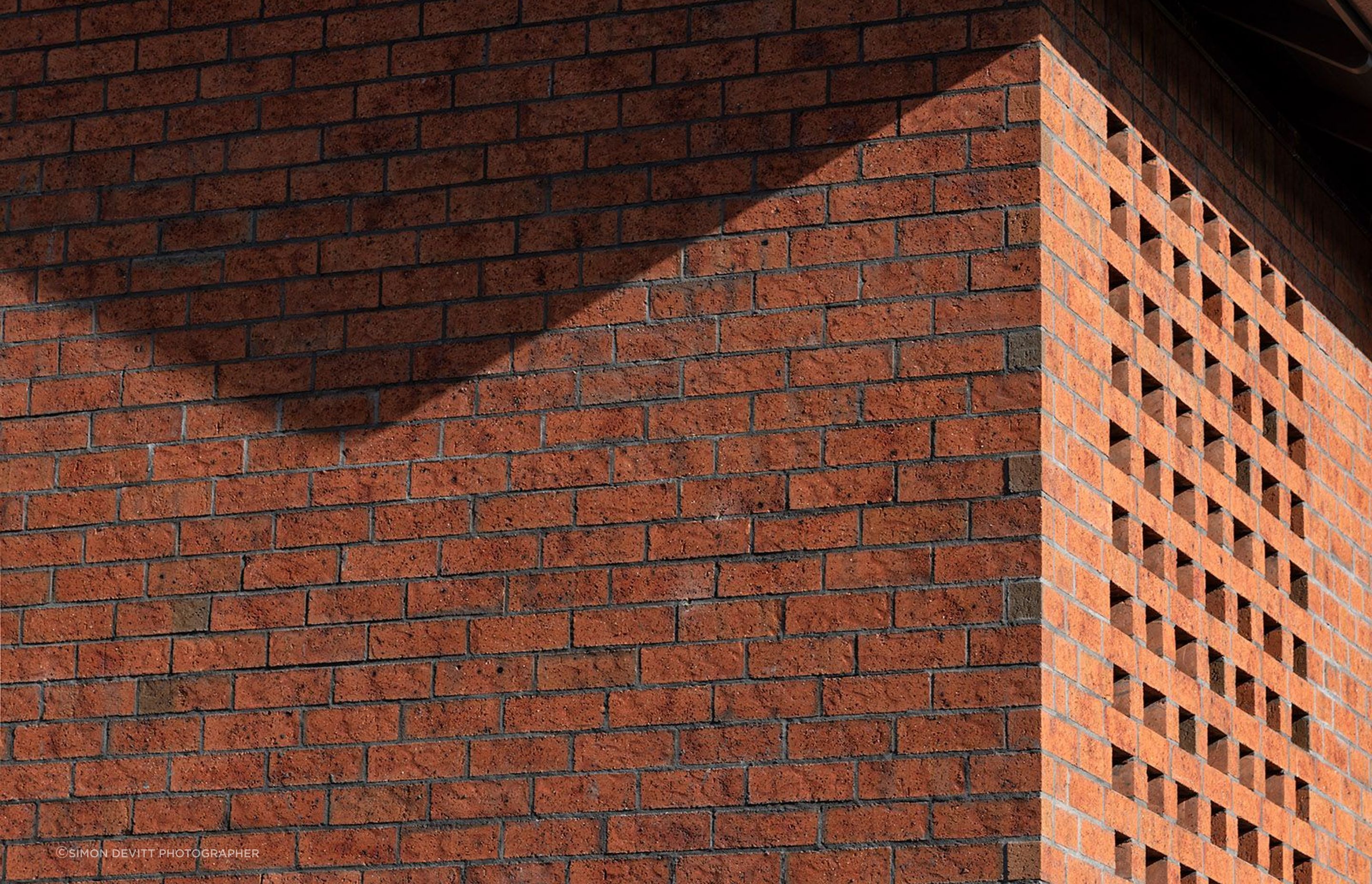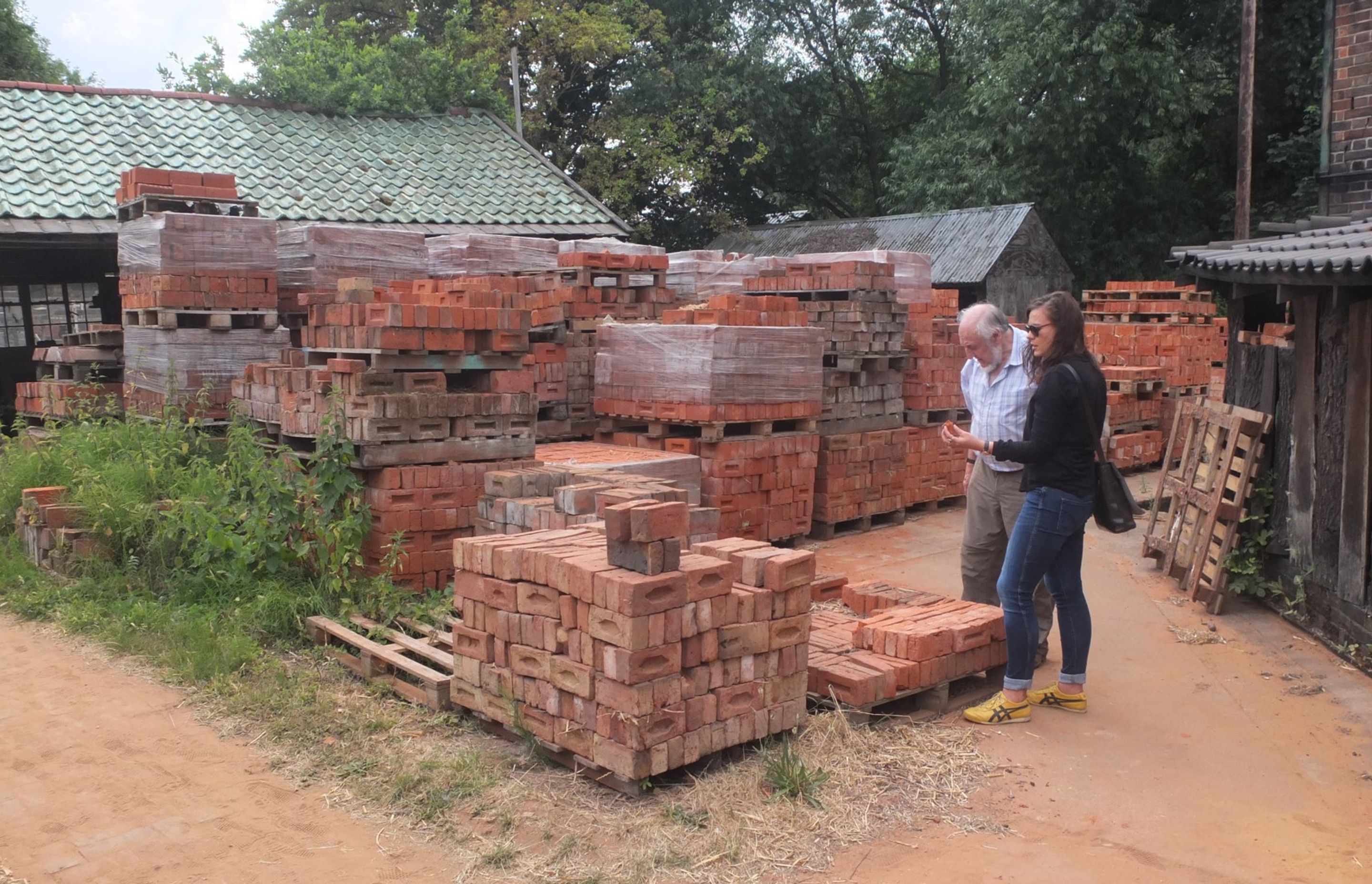Spotlight on brick: why architects are using it to achieve sustainable design
Written by
11 November 2021
•
7 min read

Sustainability in building is the ability to provide a comfortable, healthy and productive environment over the long term without negatively impacting the environment.
A material that meets this definition is brick. Brick has been a practical and popular building product since the earliest times, with the oldest known settlements dating to around 7500 BC, and it still appears on buildings around the world, albeit in slightly different forms, as production and manufacturing techniques have changed and developed.
Salmond Reed architect Pamela Dziwulska is passionate about brick, its part in our architectural history and the place it should have in our built future.
After graduating as an architect in NZ, Pamela became the only New Zealand recipient of the International Society for the Protection of Ancient Buildings (SPAB) scholarship, which teaches building conservation and the philosophy of conservation in the UK. She is also chair of the NZ Committee of ICOMOS, the International Council on Monuments and Sites, an organisation of heritage professionals engaged in the conservation of places of cultural heritage value and the world's historical monuments and sites.
Pamela's deep interest in local and vernacular architecture, heritage architecture and material compatibility and sustainable building construction has led her to a career in conservation architecture and the application of sustainability to architectural design.
The inherent simplicity and natural character of brick as a building product, says Pamela, has allowed it to maintain its place in architecture for so many thousands of years.

Bricks: the building blocks of society
Early bricks were made from local clays, air, or sun-dried into building blocks. "The big advantage of bricks has always been that the whole process can be handled by one person easily, making it cheap and accessible as a building material. It creates a humble but beautiful structure," says Pamela.
Over time, the kiln took the place of air or sun drying, allowing bricks to be used in cooler climates, but they were still easy to hold and work with.
“Bricks have very obviously stood the test of time. Their durability is incredible—brick buildings have remained standing for centuries.”
Historically, bricks were laid in a format that interlocked bricks to form the walls—also known as ‘bond patterns’, the aesthetic result of which became a decorative finish, such as English bond or Flemish bond. Because traditional bricks and mortar have higher porosity, they allowed for moisture movement rather than restricting it. A cavity was introduced to improve indoor air quality and keep moisture to the outside by separating the inner and outer leaves of brick—a technical improvement leading to an aesthetic change.
Over the years, architects and designers have recognised and harnessed their rich character and aesthetic value and developed building methods that have allowed their inherent beauty and decorative qualities to shine. Various ways of laying bricks, carved decorative details and changes in colour are all part of this.
“Think of Georgian London with its rows of golden terraced housing, evolving into Victorian London with the change to red brick. With the industrial revolution came a need for more housing and brick could go up quickly, create an attractive urban landscape and provide people with the housing necessary for an ever-growing population,” says Pamela.

A peek into the history of brick in New Zealand
Early colonial New Zealand buildings were mostly timber as it was readily available and cheap for the earliest colonists. The earliest bricks were imported from Australia and the UK and brick buildings began to spring up before local companies set up their own kilns, producing bricks from the 1840s onwards.
The Brickery, NZ's largest brick distributor, can trace its heritage back to 1862 and a kiln making bricks under the Monier name in New Lynn, Auckland. Since then, it has produced bricks in many colours, shapes and sizes for commercial and residential projects.
Many of our early brick buildings are still standing proud today, in a broad array of typologies such as homes, schools, warehouses, churches, hotels and government buildings throughout the country. When it comes to our heritage stock of brick buildings, which are well over 100 years old now, they have already paid themselves off regarding carbon and lifecycle costs. Seismic upgrading can be completed much more simply than some realise and the buildings will have a capacity to easily last hundreds of years more.
The advantages of brick construction have remained the same over time—they create a robust structure with an air gap in the cavity between the inner and outer skins, so buildings aren't damp and mouldy. These buildings are also flexible and will move rather than collapse with earth movement. And if they do crack, the joints are simple to repair.
“This is the reason old brick buildings have lasted so long—the manufacturing process is simple, they are breathable, flexible and easily repaired. All of this adds up to brick being an extremely sustainable building material, with a long lifecycle, low carbon cost and low energy consumption,” says Pamela.

Bricks are beautiful, functional and sustainable
“They don’t require intensive cleaning, the bricks have a beautiful way of being part of the solid construction of the building, the way they are laid is inherently decorative, so they don't require extra decoration and they are hardwearing.
“For these reasons, brick is one of the best materials available, not just for heritage buildings, but for contemporary projects, too. This is also why heritage buildings should be safeguarded—we should keep what is already built, not knock it down. It had a good past; we know it has a good future.
“My philosophy is to understand building materials, how they have lasted for hundreds of years and how they can future proof design. We don’t need to settle for buildings that will only last for 15 years—longevity is vital and brick will be here in 500 years,” says Pamela.
"We need affordable houses now, but what is the point of the government building homes that aren't going to last, that are going to create maintenance and structural problems for the owners in only a few years. There are social costs to this—financial costs for owners and renters with failed building products, mental health and wellbeing costs—and eventually the costs of these not-fit-for-purpose houses ending up as landfill.
“There’s nothing stopping bricks being used for eight- or nine-storey or even far taller buildings as well as single-level homes and they are once again being recognised by enlightened developers for their longer-term cost savings both for social and premium housing.”
And, as it has over the millennia, methods of dealing with bricks continue to develop, Pamela says. They can be moulded, shaped and fired to create different effects. For example, a computer modelling system can be used to design unique faience tiles, which are made up of clay, fired and glazed with various decorative effects and colours, then using a clip system work as a rainscreen for cladding on buildings, even concrete high-rises.
“The effect can be stunning; it provides a protective rain screen and is super decorative as well as being a natural, sustainable material,” says Pamela.
“And, we have a lot of clay in this country that we could utilise, creating a sustainable, enduring built environment.”
To create a sustainable building regime, we need to stop thinking in the short term – we owe it to the planet to think of the impact our buildings have on it, and quick building solutions with short life cycles will only continue to cause chaos and waste.
Learn more about the advantages of designing and building with brick.